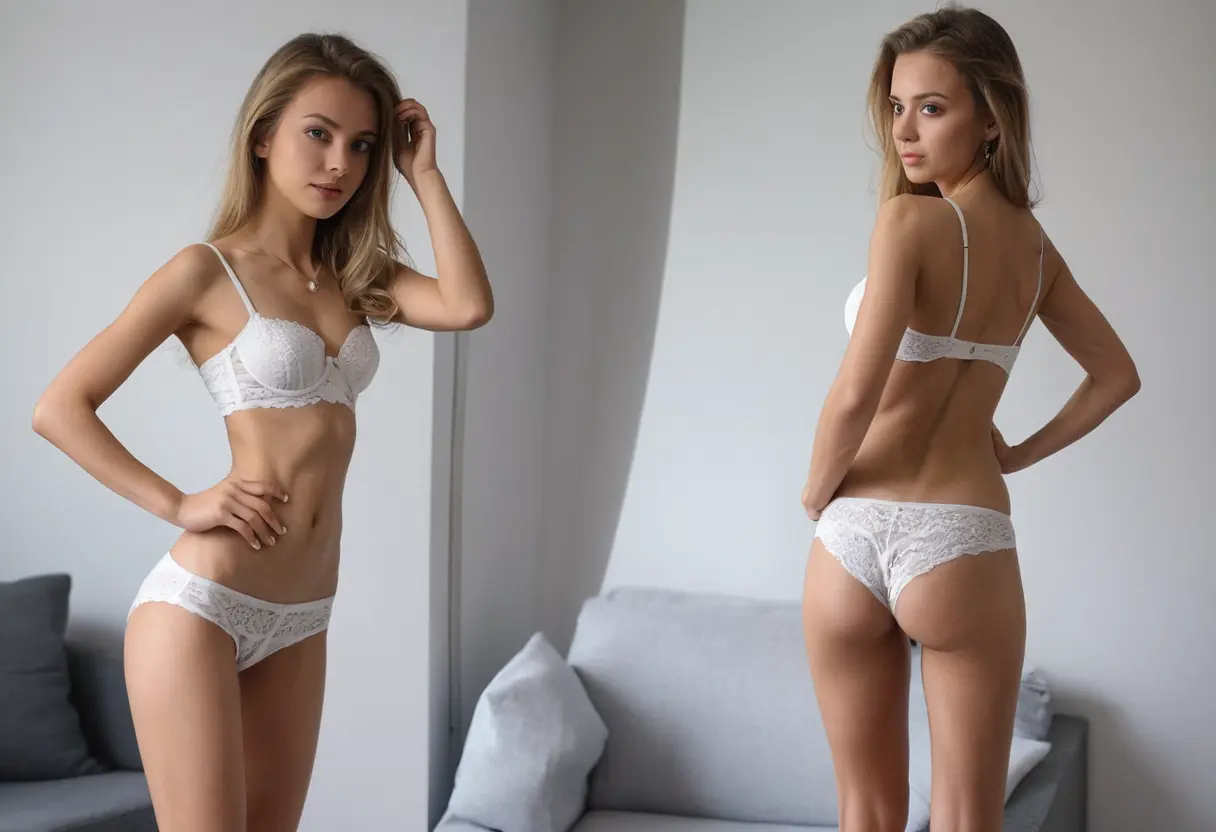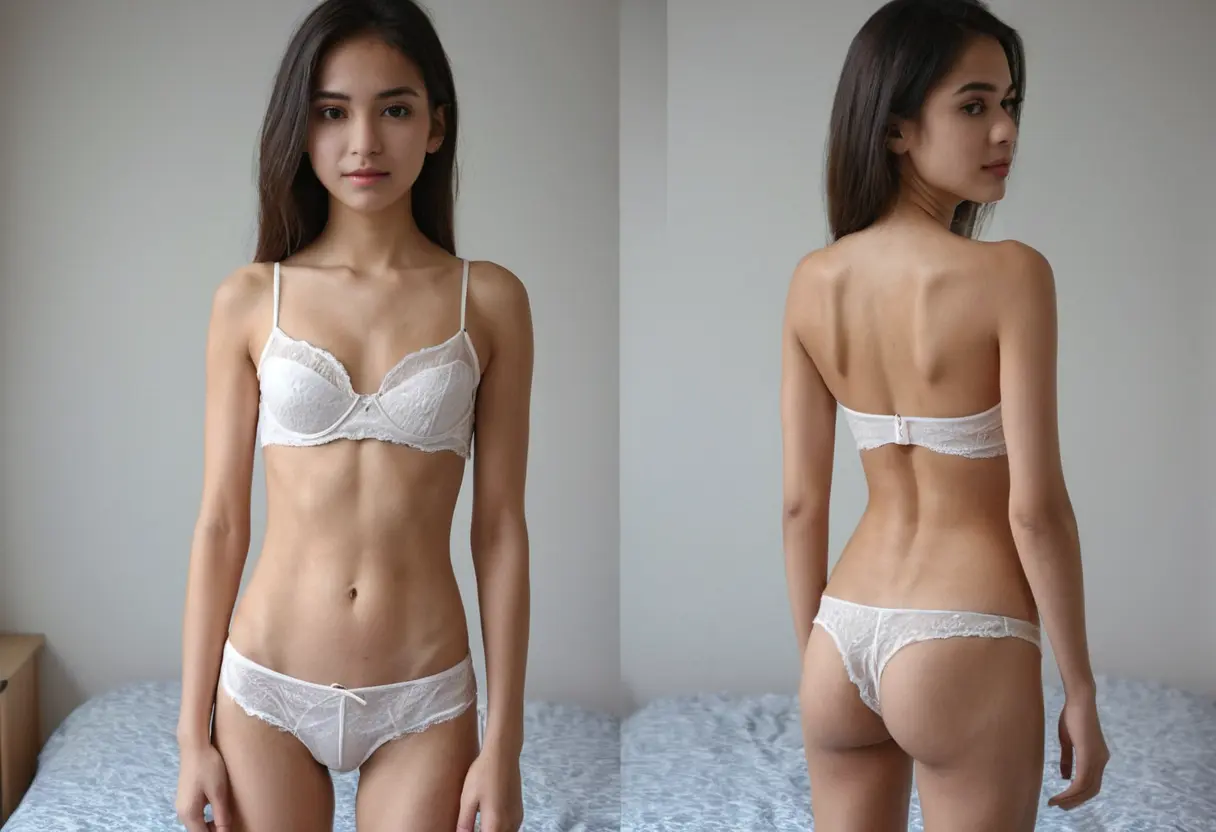
The intersection of artificial intelligence (AI) and the fashion industry is reshaping the way designers create, produce, and market clothing. With advancements in machine learning, computer vision, and data analytics, AI has become a powerful tool that is driving innovation in fashion. From trend forecasting to personalized shopping experiences, AI is enhancing the creative process and streamlining production. In this article, we will explore how AI technology is transforming various aspects of fashion and clothing design, offering new opportunities for designers, brands, and consumers alike.
AI is no longer just about algorithms and data—it is also about creativity. Fashion designers are now utilizing AI tools to enhance their design processes. AI-powered design software can generate new clothing concepts, patterns, and color schemes based on data-driven insights, helping designers push the boundaries of their imagination. By analyzing vast datasets of fashion trends, customer preferences, and historical designs, AI can suggest unique design ideas that might not have been considered otherwise.

Some AI-powered platforms allow designers to input initial concepts or ideas, and the system will generate a variety of design possibilities based on those inputs. These tools use machine learning to understand design patterns and preferences, creating customized suggestions for each project. As a result, AI enables designers to save time, optimize their creative efforts, and produce more diverse collections that cater to different tastes.

One of the most valuable applications of AI in the fashion industry is trend forecasting. Predicting fashion trends has always been a difficult task, relying on intuition and experience. However, with the help of AI, fashion brands and designers can now forecast trends with a high degree of accuracy. AI algorithms analyze massive amounts of data from social media platforms, fashion blogs, runways, and consumer purchasing behavior to identify emerging trends before they hit the mainstream.

AI can track patterns in color usage, fabric types, garment styles, and even consumer sentiments to provide fashion companies with a clear picture of what will be popular in the coming months or years. This allows designers to create collections that are more in tune with market demand, reducing the risk of overproducing items that may not sell well. Additionally, by understanding which trends are gaining traction, companies can stay ahead of the competition and maintain a cutting-edge presence in the fashion industry.
AI is also revolutionizing the manufacturing side of the fashion industry. The traditional garment production process often involves manual labor, time-consuming tasks, and a significant risk of human error. AI technologies such as robotics, computer vision, and automation are transforming these processes, making manufacturing more efficient and cost-effective.
For example, AI-powered machines can cut fabric with extreme precision, ensuring that each piece is cut to the exact specifications,www.undressaitool.com/ reducing fabric waste. Additionally, AI can monitor the production process in real time, detecting any flaws or inconsistencies in the production line. With predictive maintenance, AI systems can anticipate equipment breakdowns, preventing delays in production and ensuring a smoother workflow. As a result, fashion brands can produce high-quality garments at a faster pace, meeting the growing demand for trendy clothing while minimizing costs.
As e-commerce continues to grow, AI has become essential for personalizing the online shopping experience. Fashion brands and retailers are increasingly using AI to create individualized shopping journeys that cater to the unique preferences and needs of each customer. By analyzing browsing behavior, purchase history, and even social media activity, AI can recommend clothing items that align with a customer's style, size, and budget.
AI chatbots and virtual assistants are also improving customer service by providing instant support and personalized styling advice. These AI-driven systems can help customers find clothing that fits their preferences, suggesting outfits or offering tips on how to style certain pieces. Virtual fitting rooms powered by AI allow customers to "try on" clothes digitally, reducing the uncertainty that comes with online shopping and increasing the likelihood of a purchase.
In recent years, sustainability has become a major concern within the fashion industry. The rise of fast fashion has led to environmental degradation, waste, and unethical production practices. However, AI is helping fashion brands take steps toward more sustainable practices by improving efficiency and reducing waste.
AI can optimize supply chains by predicting demand more accurately, helping brands avoid overproduction. By analyzing customer preferences and historical sales data, AI can help designers create clothing that will sell well without producing excessive inventory. AI is also being used to develop more sustainable fabrics and materials. For example, AI algorithms can simulate how different materials interact with one another, enabling designers to create eco-friendly textiles that are both functional and stylish.
Furthermore, AI can help brands track their carbon footprint and identify areas where they can reduce their environmental impact. From sourcing materials to the transportation of finished garments, AI provides insights into the entire production process, allowing brands to make more sustainable choices.
AI technology is undoubtedly transforming the fashion industry in profound ways. From revolutionizing the design process to improving manufacturing efficiency, trend forecasting, and personalized shopping experiences, AI is reshaping how fashion is created, consumed, and marketed. As AI continues to advance, it will play an even more significant role in driving innovation, sustainability, and creativity within the fashion world. The future of fashion is increasingly intertwined with AI, and those who embrace this technology will be at the forefront of the industry’s evolution.